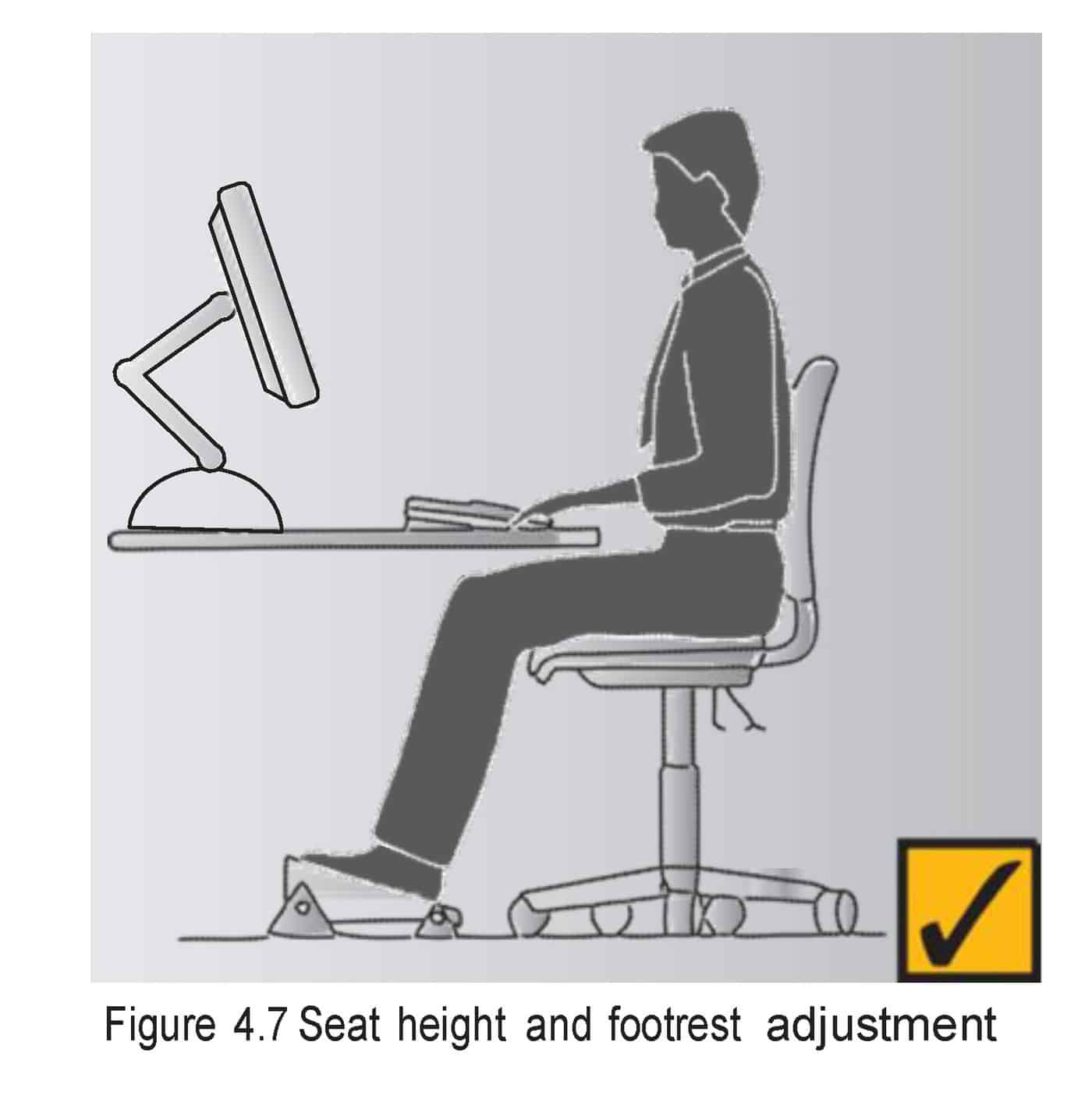The Australian Capital Territory (ACT) has named Chief Magistrate Lorraine Walker as its first industrial magistrate. The establishment of an industrial court in the ACT stems from the government accepting the recommendations of the Getting Home Safely report which in turn was a response to a spike in workplace fatalities in 2012.
Walker is unknown outside of the ACT but the best introduction to her is probably through a long interview she gave in February 2012 to ABC radio in Canberra. Occupational health and safety specifically was not on Walker’s radar at the time of the interview but it may be useful to note her comments on sentencing and how this should reflect, or consider, community expectations. Walker also discusses the importance of the preventive and educative role that penalties can have. How this perspective applies under the recent Work Health and Safety laws will be worth watching.

 A diagram of safe posture at modern workstations has become iconic but it has also become a symbol of ergonomic misunderstanding. There are assumptions behind the angular figure about the way modern workers work, the equipment used and the tasks undertaken.
A diagram of safe posture at modern workstations has become iconic but it has also become a symbol of ergonomic misunderstanding. There are assumptions behind the angular figure about the way modern workers work, the equipment used and the tasks undertaken.